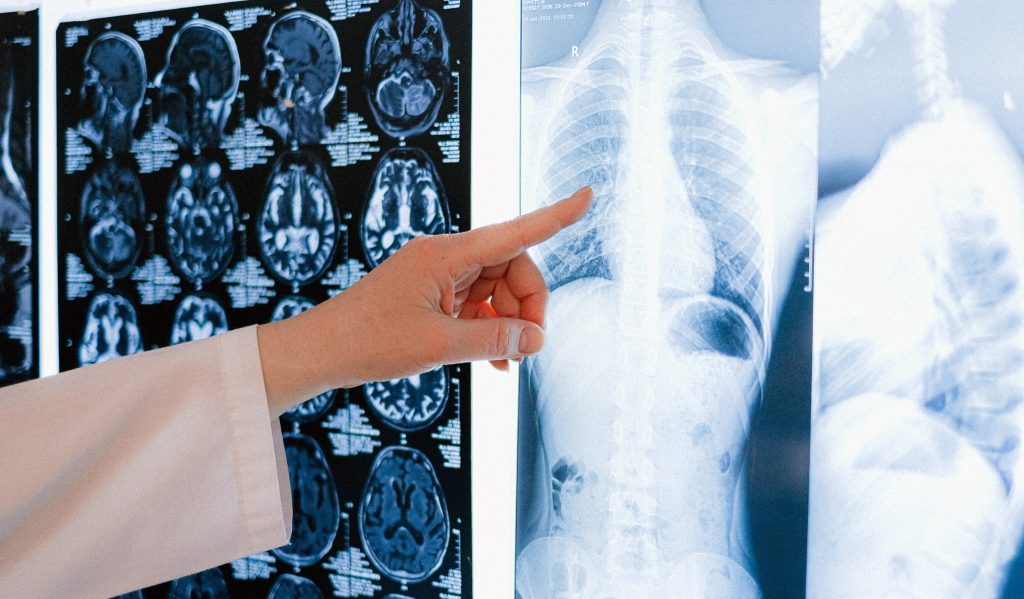Finding a lung nodule on a CT scan can understandably make some people uneasy and worried about lung cancer. So what is the actual risk that a nodule is cancerous (malignant), and how can doctors determine it?
Cancer risk of lung nodules
Studies show that over 90% of lung nodules are benign. These may result from inflammation, tuberculosis, benign tumors, or other non-cancerous conditions. Only a very small percentage turn out to be cancerous.
Doctors classify lung nodules based on their density into three types: ground-glass nodules, solid nodules, and part-solid nodules (which are ground-glass nodules with solid components). Importantly, the density of a nodule correlates with its cancer risk. Part-solid nodules carry the highest risk, followed by ground-glass nodules and then solid nodules.
Cancerous nodules often show certain features on CT scans, such as spiculation (spiky margins), lobulation, pleural retraction, or vacuole signs. Therefore, clinicians estimate the risk of cancer by combining these imaging characteristics with the patient’s clinical factors—such as smoking history and family history of lung cancer.
High-risk nodules
- Solid nodules with a maximum size ≥15 mm, or those 8–15 mm with suspicious CT features (e.g., spiculation, lobulation, pleural retraction).
- Part-solid nodules larger than 8 mm.
Management: Doctors may recommend biopsy or surgical removal (usually minimally invasive) for larger nodules. For others, they advise close monitoring with follow-up CT scans at 1, 3, and 12 months. If the nodule grows, surgery is recommended. If it remains unchanged, long-term monitoring continues at reduced frequency for at least 3 years.
Intermediate-risk nodules
- Solid nodules 6–15 mm without clear cancerous features.
- Part-solid nodules ≤8 mm.
- Pure ground-glass nodules >6 mm.
Management: Doctors typically recommend CT follow-up at 3, 6, 12, and 24 months. They suggest surgery if the nodule grows. If it remains stable or shrinks, long-term monitoring for ≥3 years continues.
Low-risk nodules
- Solid or pure ground-glass nodules ≤5 mm.
Management: For low-risk nodules, doctors usually recommend a follow-up CT in 6–12 months. They advise surgery only if the nodule shows significant growth. If it remains unchanged or shrinks, they continue monitoring for at least 3 years.
Conclusion
Most lung nodules are benign, so there is no need to be overly concerned. However, regular CT monitoring remains essential. If a nodule shows growth, doctors can usually remove it with minimally invasive surgery, and the prognosis is generally excellent.
